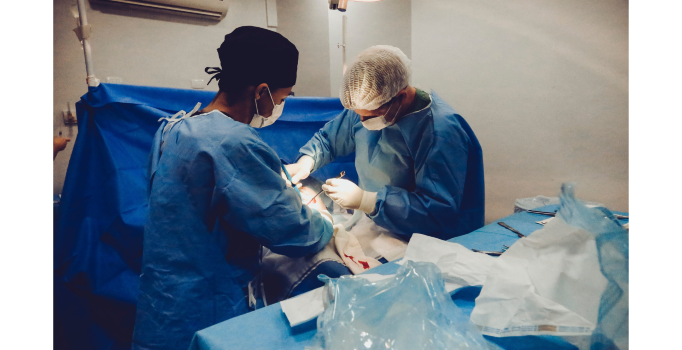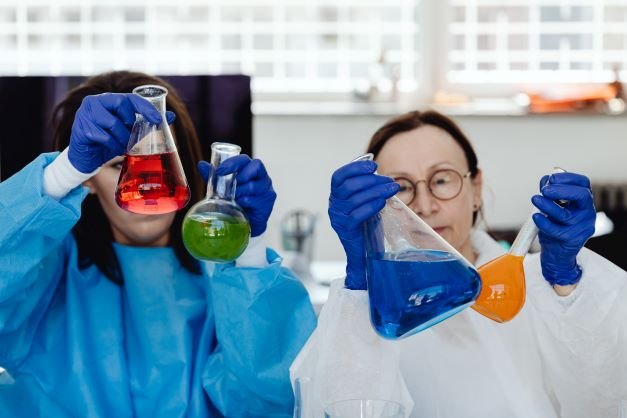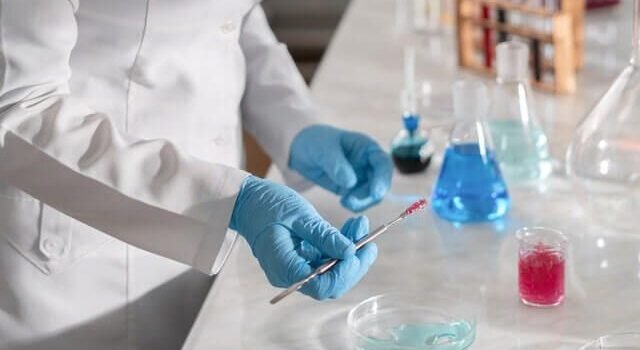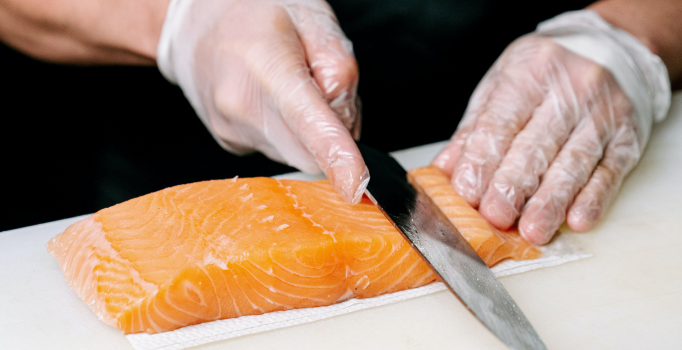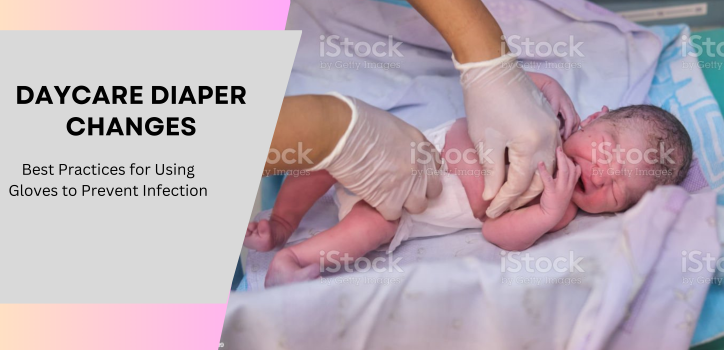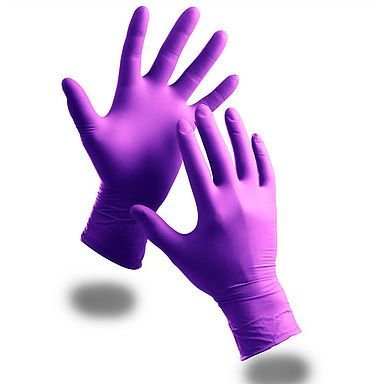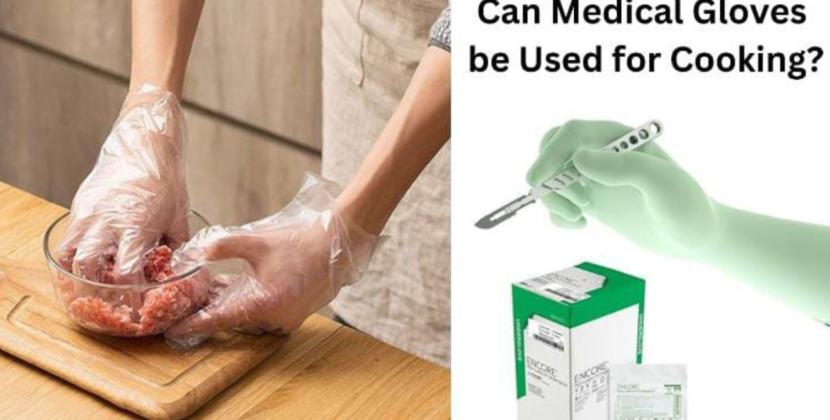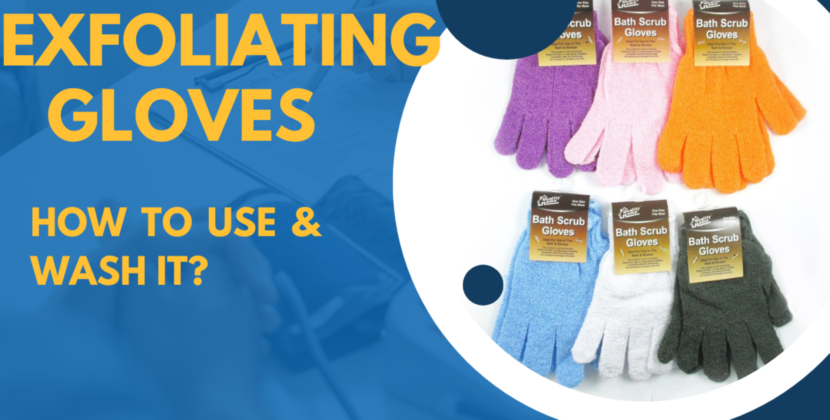I know the importance of wearing gloves during medical procedures. Medical gloves are essential for preventing the transmission of germs and protecting both the healthcare provider and the patient. But have you ever wondered what materials are used to make medical gloves? In this comprehensive overview, I will provide a detailed look at the materials commonly used in medical gloves, their properties, and their advantages and disadvantages.
Latex Gloves
Most commonly used type of medical gloves are the Latex gloves. They are made from natural rubber latex, a renewable resource that is derived from rubber trees. Latex gloves have been used in medical settings for decades and are known for their elasticity, comfort, and tangible sensitivity. They provide excellent barrier protection against viruses, bacteria, and other germs, and are also resistant to many chemicals and substances.
However, there are some disadvantages to using latex gloves. First and foremost, some people are allergic to latex, which can cause skin irritation or even anaphylaxis in severe cases. This is a significant concern for healthcare workers who frequently wear gloves. Latex gloves are not as durable as other materials and can tear or puncture easily. They are also more expensive than some other types of gloves.
Nitrile Gloves
Nitrile gloves are made from synthetic rubber, which is derived from petroleum. They have become gradually popular in recent years, particularly due to concerns over latex allergies. Nitrile gloves are hypoallergenic and offer similar levels of comfort and sensitivity to latex gloves.
Nitrile gloves also offer some advantages over latex gloves. They are more durable and resistant to punctures and tears, making them ideal for tasks that require a higher level of protection. They are also resistant to a wider range of chemicals and materials than latex gloves. However, nitrile gloves are not as elastic as latex gloves, which can make them feel more restrictive and uncomfortable to wear for extended periods.
Vinyl Gloves
Vinyl gloves are made from polyvinyl chloride (PVC) gum. They are less elastic and offer lower levels of sensitivity compared to latex and nitrile gloves. However, they are still commonly used in medical settings, particularly for tasks that do not require high levels of dexterity or sensitivity.
Vinyl gloves are an affordable option and are often used for routine tasks such as cleaning and food handling. They are also comfortable to wear and offer a good level of barrier protection against pathogens. But, they are not as durable as other types of gloves and can tear or puncture easily. They are also not recommended for use with certain chemicals and materials, as they are not as resistant as latex or nitrile gloves.
Specialty Gloves
There are also specialty gloves made from materials such as neoprene, polyethylene, and polychloroprene. These gloves are typically used for specific tasks, such as chemotherapy or handling harmful chemicals.
Neoprene gloves are made from a synthetic rubber that is resistant to many chemicals and materials. They are commonly used for tasks that require a higher level of protection, such as handling chemotherapy drugs or harmful chemicals. They are also durable and resistant to punctures and tears.
Polyethylene gloves are made from a thin plastic material and are often used for food handling or general cleaning tasks. They are affordable and disposable, making them a popular choice for tasks that require frequent glove changes. But they are not as durable as other types of gloves and do not provide a high level of protection against germs.
Polychloroprene gloves are a synthetic rubber used in medical settings where protection against harmful chemicals or chemotherapy drugs is necessary. They provide similar comfort and sensitivity to latex gloves, but with greater chemical resistance. Polychloroprene gloves are highly durable and offer excellent puncture resistance and tear strength. They are available in a range of sizes and thicknesses to suit various applications.
To make informed decisions about gloves, healthcare professionals must understand the different types of medical gloves and the materials they are made from. Latex, nitrile, vinyl, and specialty gloves all have their advantages and disadvantages. Nitrile and vinyl gloves are progressively used due to concerns over latex allergies. Specialty gloves, such as neoprene and polychloroprene, provide high levels of protection against specific hazards. Selecting the proper glove for each task can reduce the risk of infection or injury.

